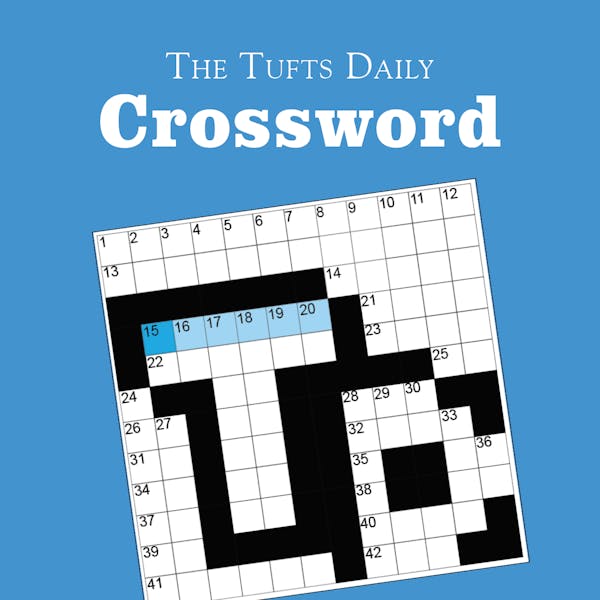Whether eating breadcrumbs in the park or "decorating" parked cars, pigeons are an ever-present feature in the urban landscape. But to members of the University's scientific community, especially those interested in animal behavior and learning, pigeons are much more than a common nuisance.
Like dolphins, pigeons are known for displaying behavior that indicates a great capacity for learning. Thus, many researchers in the field of psychology devote their energy to the investigation of the cognitive capabilities of these birds.
In a field of study known as comparative psychology, scientists examine the ways in which different species process information and attempt to distinguish the principles and mechanisms that are universal from those that differ across species lines.
Dr. Robert Cook, a prominent researcher in avian perception and cognition, and professor of psychology, has been studying the visual and learning capabilities of pigeons in his laboratory on the Tufts University Medford campus for over 15 years. His laboratory, moved recently to a new facility, houses a colony of about 40 birds (Columba livia) and is the site of various studies conducted on the undergraduate, graduate and professional levels.
Cook's experiments investigate such topics as object and motion perception, memory, vision in the three dimensions, and same-different discriminations. "Such same-different relations are among the most fundamental of psychological discriminations and lie at the center of many types of advanced intellectual functions and behaviors," Cook said.
For a given task, a pigeon is placed in a plastic experiment chamber that is blocked from the outside and lit by a fixture in the top. The box has a window that looks directly onto a computer monitor, on which visual stimuli are displayed. The window is sensitive to touch _ much like the screen at an ATM _ and translates to the computer when the bird pecks at the image shown. Pecking is the bird's way of responding to stimuli. Presentations vary tremendously, from computer generated motion simulations, to photographs of people, to drawings of flowers.
Simply put, the computer program receives that information, and if the bird makes the correct choice, it is offered some grain. If the bird is wrong _ if it pecks at the wrong stimulus, or fails to peck at the correct one _ it is given no food, and the light is turned off for a few seconds.
Analysis of collected data lends insight not only into the abilities of the pigeons themselves, but also to the development of such processes in other species. "Our... research has suggested that pigeons have a previously unappreciated capacity for learning and using abstract concepts," Cook said. "Thus, this integral component of intellectual behavior may be more widespread in the animal kingdom than previously supposed."
Pigeons have been used in the field for various reasons. On a practical level, the birds are small and easy to maintain, and therefore make ideal subjects. Additionally, they are highly visual animals. With a small, compact and powerful central nervous system Pigeons compares to the well-studied systems in mammals such as rats, monkeys, and even humans. In fact, with a nervous system structurally similar to (although simpler than) that of humans, pigeons can be used to create comparative models of the modalities employed in various psychological processes.
Cook's results have been published in numerous scientific journals, and he is the editor of the cyberbook Avian Visual Cognition, featuring his own studies and those of dozens of other researchers in the field.
More from The Tufts Daily





